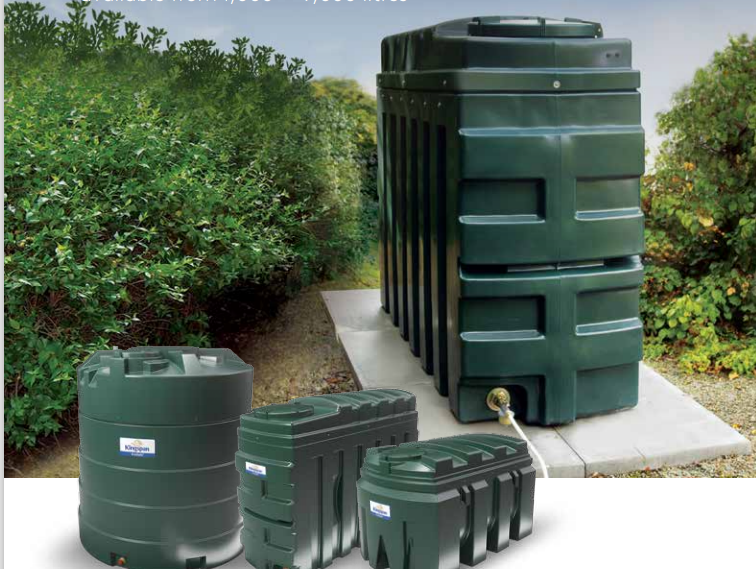If your heating oil tank is damaged or old, you might be wondering how to go about removing it from your home. Whether you’re replacing the tank or relocating it, it’s important that you plan this process carefully.
How To Know When It’s Time To Remove your oil tank
With oil tanks, you do not want to wait until the tank fails before replacing and you are left with a potential oil leak to clean up.
it’s a good idea to check your tank on a monthly basis. Just like servicing a car your tank can become unsafe between services. Our drivers will always carry out a visual inspection before a delivery which you can do too. Some things to check for:
Cracks- Check for any small or large cracks in the Body of your tank.
Discolouration - if the tank is turning white or fading due to sun exposure it may be time to replace your tank
Bulges- check for any bowing where the tank is bulging.
Smell - If you are able to smell kerosene strongly you may have a tank leak.
Stains - If there are any stains or wet patches around your tank this would suggest a leak.
Corrosion- Check all pipework for any rust or damage
According to OFTEC, oil tanks have an expected working life of around 20 years, and if used beyond this time, the risk of failure rises. However, factors such as poor installation or a lack of maintenance can shorten their lifespan, so it’s important to be vigilant no matter how old this part of your heating system is
Can I Relocate My Oil Tank?
You may need to move your oil tank for various reasons, you may need it out the way in order to make room for an extension or you may want to install one in a new location. This can be a daunting task however with the right help it can be made simple.
When deciding to relocate your tank, you’ll need to follow rules designed to limit the risks of oil contamination so it is important to have a registered OFTEC registered technician to carry out an assessment of the site.
OFTEC regulations state that tanks must be located:
On a platform or stand with at least 300mm around the edge of the tank
1.8m away from non-fire rated eaves of a building
8m away from a non-fire rated building or structure (for example a garden shed or gazebo)
1.8m away from openings (windows or doors) in a fire-rated building or structure (for example, a brick-built house/garage)
1.8m away from the flue terminals of oil-fired appliances
760mm away from a non-fire rated boundary (for example, a wooden property/boundary fence)
600mm away from screening that does not form part of the boundary (such as a decorative trellis or hedge).
Once you have decided on a suitable position with an appropriate base you can begin the move itself. It’s best to plan to do this when you’ve used up the oil in the tank, leaving it nearly empty. Running your tank completely empty can cause problems for your boiler so it is best to avoid this.
An expert can then come in to complete the relocation. Firstly, they will drain any remaining oil in your tank. Clean oil can be kept in a holding vessel and then fed back into your tank once it’s in its new position, while any contaminated oil will be safely disposed of at a licensed site.
The tank will then be disconnected, repositioned and installed in its new location before being connected to your fuel line. Depending on the location of your tank, the fuel line may need to be extended or replaced. This can be the most difficult part of the installation so it must be planned carefully.
Disposing of The tank
If you are getting rid of your old tank, the specialist technician doing the job will either take the tank away whole or cut it up in smaller sections. The materials will then be disposed of accordingly.
Choosing A New Oil Tank
It is important to choose a high-quality tank to ensure that you get many years of trouble-free use from it. We recommend purchasing a bunded oil tank for extra protection. Bunded tanks are like a tank within a tank, this adds both structure and strength preventing any accidents or damages to your tank
Whichever tank you decide to go for, it’s really important to get it installed correctly. To do this, make sure you use an OFTEC registered tank installation engineer. They will ensure that the tank is placed in a suitable location and is connected properly and securely.
If you’re looking to have your heating oil tank replaced, contact our team on 01360 660264 and one of our friendly staff will assist you.












Completely running out of heating oil can leave you without hot water or heating, this is especially inconvenient during winter when it’s needed the most. Running fully dry of heating oil is easily done by not keeping an eye on your fuel levels or from fuel theft